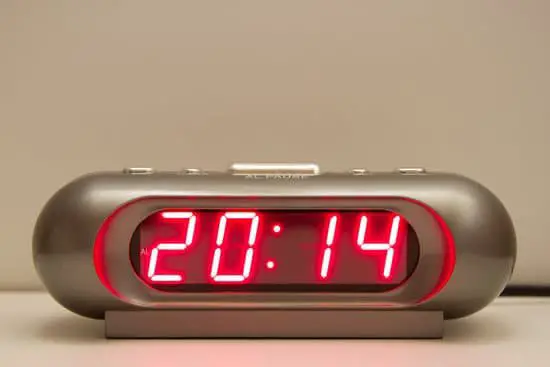
As we will need the LEDs to represent second and minutes, we will use the RGB LED strip of 60 LEDs for the same. Firstly, initialize the RGB by dragging and dropping the initialise RGB strip with LED pixels on pin block. With this, your DIY RGB LED wall clock is all set to add the ultra-modern touch to your living room!
Over a year later, the countdown timer and the LED clock are in perfect sync with each other, and both are 24 seconds ahead of the atomic clock. A current source of 1.4 volts appears at CP02, just 0.1 volts above the line being driven low – definitely not enough to turn on an LED. Therefore, no matter which LED is lit and no matter what buttons are pressed, the button circuit cannot cause any other LED in the matrix to light. If the button is not pressed, 2.5V from the voltage divider would be fed through R8 into CP04. The LED, DM03 which is connected with its cathode on CP01 and its anode on CP04, will cause the voltage divider output to drop to the operating voltage of that LED – between 2.0V and 2.4V. This voltage appears at the microcontroller at RA2 via R4. The current going through DM03 is greatly limited by R6 and R8, and since the button is read in a few microseconds, not enough current will flow through the LED to make it appear to illuminate to the human eye.
Table of Contents
how to make led wall clock Related Question:
What is a light clock?
A light clock is made from two parallel mirrors, a distance L apart, between which a light beam bounces back and forth. Each time the light beam returns to the lower mirror, the clock ticks. Clock frequency.
How is digital watch made?
Hanging from the top of the autoclave are seeds or tiny particles of quartz with the desired crystalline structure. The most accurate quartz watches are those in which the time appears in an electronically controlled digital display, produced via a light-emitting diode (LED) or a liquid crystal display (LCD).
Do clocks tick slower in space?
A clock in outer space moves more quickly than a clock on Earth. Heavy things like planets create a gravitational field that slows down time nearby. This means that a clock on a spaceship far away from any planet would move faster than a clock near Earth.
Why do clocks tick slower when moving?
Since the light signal must travel so much farther to traverse the rod of a moving clock, it takes much longer to do it. Hence a moving light clock ticks slower. In this case, for a clock moving at 99.5% the speed of light, it ticks once each twenty seconds instead of once each two seconds.
Is it easy to make a clock?
Clocks are easy and inexpensive to make, and simply require a base and a purchased clock kit.
How do you make an analog clock?
First, cut away the outer rim of both paper plates. Write the numbers 1 through 12 on one of the paper plates, evenly spaced around the outside. Use scissors to make small cuts between each of the numbers, and fold the tabs toward the inside of the circle. Second, lay the numbered circle on top of the blank circle.